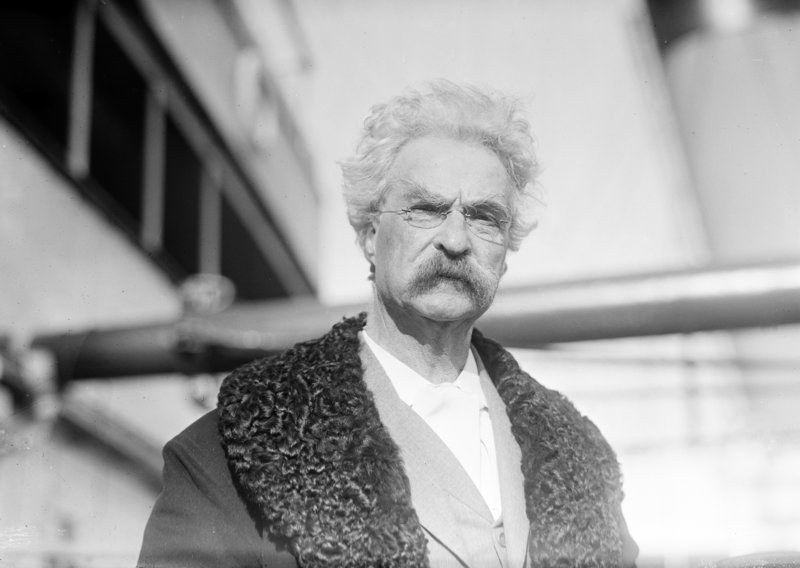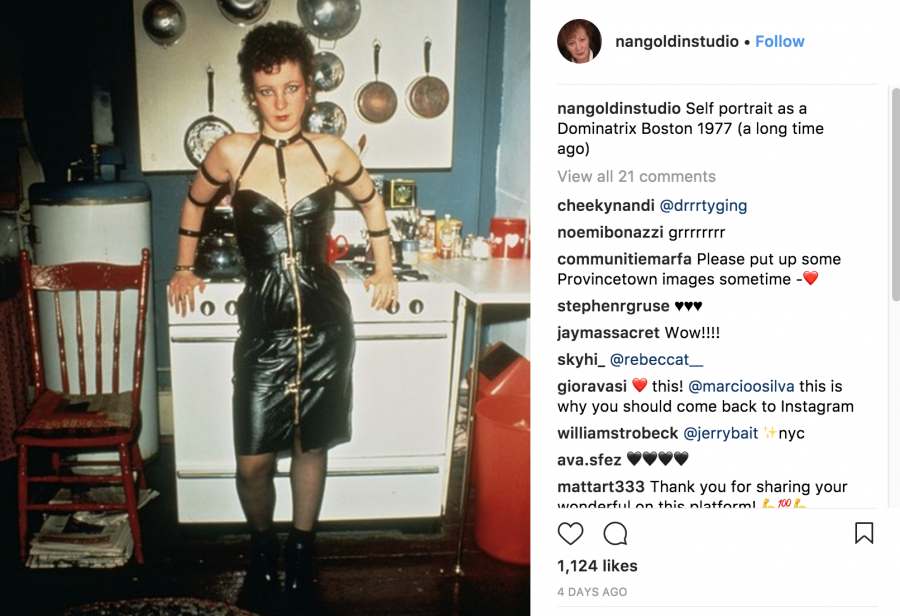The calendar date may be arbitrary, a quirk of history that could have been otherwise—but it’s no coincidence, I think, that New Year’s produces a reflective mood, a time of looking both backward and forward, especially in those parts of the world currently held in winter’s chill and dark, awaiting the thaw of spring. The turn of the Gregorian calendar seems to beg us to produce some sober wisdom amidst the revelry of the holidays: to account for what we’ve learned, ruminate on intentions, take general stock of our personal stores.
It’s also a time when we connect with our younger selves (many of us having just spent a few days visiting parents, hometowns, and childhood bedrooms). Those younger selves can seem callow and naïve in hindsight, and though it’s hardly any use living with regret, we might wish with some degree of rue that we could have handled some things better—and applied the hard-won realizations of the present much earlier. It’s a common enough sentiment, handled perfectly in The Faces’ “Ooh La La.”
I wish, for example, that I had learned how to meditate years before I did. It might have saved my young, moody, impulsive self a world a grief. (But then again, without that grief, would I have ever learned to meditate?) Recently, a MetaFilter user revisited a post from 2013 that asked the question (“What is a life changing realization that you wish you’d had sooner?”) to the internet community at large. The responses ranged from the fairly generic (“it’s okay if you don’t want to be friends with your exes”) to the personal, specific, and colorful. See a sampling of the answers below from both the original 2013 thread and the recent 2017 repost:
Love leaves scars. And that’s a good thing. We want to be permanently affected by the ones that we love. Otherwise, it’s not really love. And like any other scar, it begins as a painful wound, goes through the period of laudable pus during which you drain out all the bad stuff, and then, eventually, heals to a painless but visible scar.
This seems kinda silly, but a couple of years ago I realized that I am under no obligation to finish a book that I don’t like. As a reader, that was such an epiphany!
The most important and dangerous tool in the lives of average people is compound interest.
Behaviour is driven by emotion, not rational thought: instead of trying to force myself to do things by berating myself, I get my emotions in order first by synthesising the feeling of having already done it. My procrastination has been radically reduced, and I’m freer to get on and do the things I need to do.
Take other people’s head injuries seriously. Someone who’s just had a blow to the brain is not qualified to judge whether it is “no big deal.”
Honor the parts of yourself that are elusive and mysterious and maybe unintelligible to other people. Whether that means embracing an identity like “queer nonbinary trans woman” or becoming more comfortable with crying and not knowing why or not having opinions and answers at hand… Practice not knowing.
I’m partial to these offerings because I find them moving, funny, or conversant with whatever meager wisdom I like to think I’ve acquired after much trial and error. But what about you? As 2017 winds to a close—a year fraught with more stress and anxiety than most—which answers leap out to you? Or, if you’re brave and feel like sharing, what would you like to pass on to your younger, more bumbling self if you could go back and have a sit-down with him or her? Please pass along your thoughts and wisdom in the comments below.
via MetaFilter
Related Content:
Josh Jones is a writer and musician based in Durham, NC. Follow him at @jdmagness



